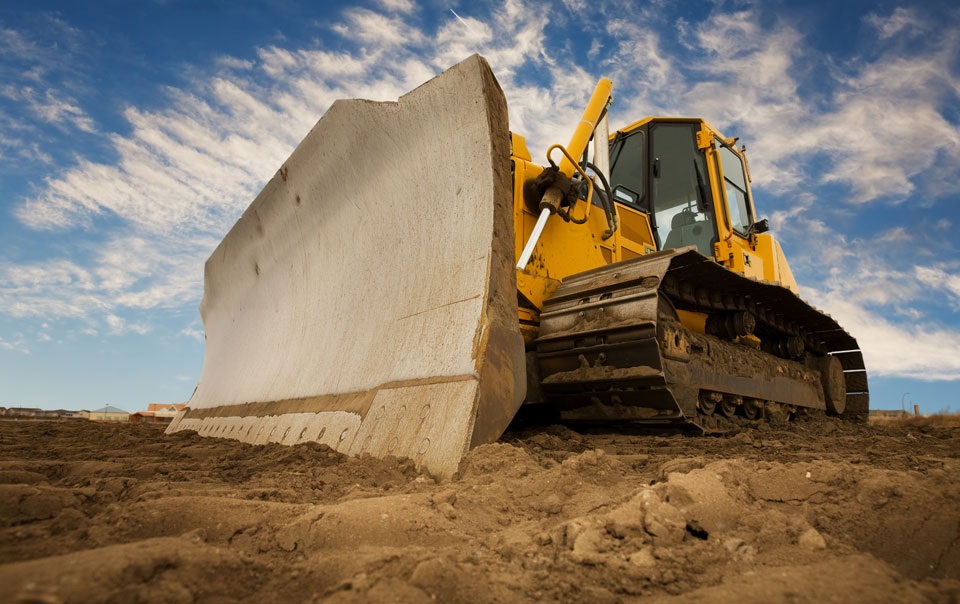
Excavators are essential pieces of heavy equipment in construction and home repair, making operations such as trench digging and handling bulky materials possible. For well-informed decision-making, it is crucial to comprehend the different types of excavators offered in the equipment rental industry. With the help of this article, those working in the construction and home renovation industries can make the best decisions depending on their projects’ needs. It offers a thorough review of numerous excavator categories, illuminating their distinctive characteristics and uses.
Backhoe Excavators:
These adaptable machines provide effective digging and material handling by combining the functions of a backhoe and a digger. Backhoe excavators, which resemble tractors, are excellent at doing jobs like trenching, loading supplies, and digging foundations.
Crawler Excavators:
Crawler excavators are designed for power and stability and have sturdy undercarriages with tracks for better support and movement. They are skilled at performing heavy-duty excavation, which includes demolition, digging large holes, and navigating rugged terrain.
Mini Excavators:
Mini excavators are ideal for smaller jobs and tight locations despite their compact size and powerful performance. They are perfect for gardening, small-scale excavating, and urban building projects because of their agility.
Long Reach Excavators:
Long-reach excavators are designed with extended arms and booms and are experts at activities requiring a deep reach. Dredging, extensive excavation, and working around barriers like water features are a few of them.
Suction Excavators:
Suction excavators employ robust vacuum systems in a novel way to remove dirt and debris. For cautious excavation around underground utilities and in ecologically sensitive locations, they are very helpful.
Dragline Excavators:
Dragline excavators are other different types of excavators that use a bucket mechanism hanging from a big boom for big excavation jobs. They frequently appear in large construction and mining projects.
Wheeled Excavators:
Wheeled excavators are favored for their speed and agility because they lack tracks. They are excellent for building cities and repairing roads since they allow quick movement between task locations.
Amphibious Excavators:
Amphibious excavators are designed for aquatic conditions and include buoyant tracks or pontoons that allow them to operate well in wetlands, marshes, and shallow lakes.
Articulated Excavators:
A jointed arm is a characteristic of articulated excavators that improves flexibility and agility. Because of their unique form, excavators are valuable tools in urban building, landscaping, and repair projects where accuracy is crucial. They can operate well in small places and at odd angles.
Demolition Excavators:
These excavators are outfitted with reinforced constructions, specialized attachments, and increased power for tearing down buildings, clearing waste, and preparing sites for future development. They were created expressly for heavy-duty demolition operations.
Conclusion:
It is crucial to have a thorough awareness of the different types of excavators models that are available for equipment rental in the dynamic world of building and home renovation. The unique characteristics of each kind of excavator correspond to specific project requirements, assuring maximum productivity and efficiency. Professionals in the sector may choose equipment wisely for their projects by being familiar with the distinctive characteristics and uses of various excavator kinds.



